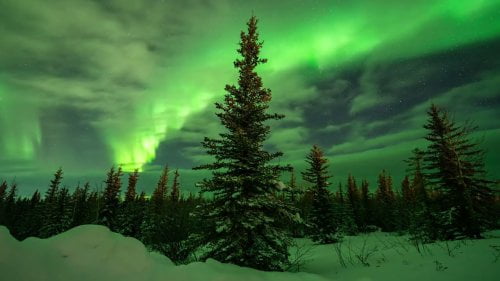Kepler has opened up a new universe. Only about 20 years ago, we didn’t know if there were any other planets around any other stars besides our own, now we know we live in a galaxy that contains more planets than stars. Every star in our galaxy has on average 1.6 planets in orbit around it.
Transcript:
In 2009, the Kepler Space Telescope was launched to answer one question: how many stars in our galaxy harbor planets like the Earth? To answer that question, Kepler stared at one small area of our night sky in the constellation of Cygnus the Swan and meticulously measured minute dips in the brightness of over 150,000 stars.
These dips in brightness were caused when a planet passed in between the star and Kepler, partially blocking its light. When Kepler detected one of these dips, that star was flagged as having a candidate planet in orbit around it. It was a candidate because it needed to be confirmed. One measurement by one telescope is not enough, so other observatories around the globe – including the Hubble Space Telescope – would follow up by taking a closer look to see if they too could see the dips in brightness.
If these secondary observations could see it, then the candidate became a confirmed exoplanet, a planet outside our solar system. From the first three years of Kepler data, 3,500 potential candidate planets have emerged. Since November 2013, Kepler has identified 3,538 potential planets, and the largest increase in planet candidates in the last year was in the category of Earth-sized planets.
An Earth-sized planet is defined as a rocky body orbiting a star that is less than one and a quarter of Earth’s radius. Kepler’s observations conducted from May 2009 to March 2012 are consistent with the notion that smaller planets are more common than any other planet in our galaxy.
In fact, if you take the number and types of exoplanets found by Kepler while looking at one spot in the sky and expand that to all areas of the sky using statistical models, it is estimated that for every five stars like the Sun in our galaxy, at least one will have a planet up to twice the size of the Earth in orbit around it.
What’s more, that planet will orbit at a distance from its star and have a temperature that would allow liquid water to exist. Liquid water is vital for life to exist on Earth; finding it elsewhere in the galaxy would greatly improve the chances for life to exist on these worlds. The Kepler Space Telescope has opened up a new era of astronomy in our lifetimes. For the first time in our history, when we look up at the night sky – thanks to Kepler – we know that there are more planets up there than there are stars.
Our galaxy contains 200 billion stars, with 40 billion of them like the Sun, and now, according to Kepler, there are almost 9 billion planets roughly the same size as Earth and with the same potential for having liquid water. Around 100 years ago, we didn’t even know if there were other galaxies besides our own; now we know we live in a universe teeming with hundreds of billions of them, all hurtling and accelerating away from each other at tremendous rates.
Only about 20 years ago, we didn’t know if there were any other planets around any other stars besides our own; now we know we live in a galaxy that contains more planets than stars. Every star in our galaxy has on average 1.6 planets in orbit around it. We launch telescopes into space with humble expectations to try and answer not-so-humble questions. How many galaxies are in the universe? How many planets like ours are in our galaxy? With every answer they return, they give us an unprecedented glimpse of our place in the cosmic ocean and humble us even further.











